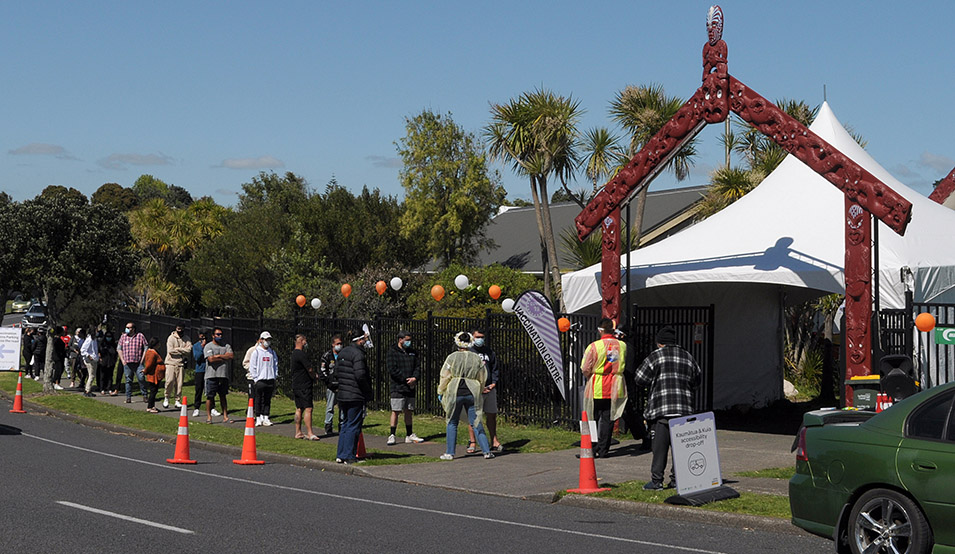
New York Times Reporting by Natasha Frost
New Zealand plans to allow most fully vaccinated travelers into the country by the end of April without a mandatory hotel quarantine, as it slowly emerges from what has been one of the world’s longest lockdowns.
But those entering the country next year will face significant restrictions, with a mandatory seven-day home isolation period, as well as tests on departure and arrival. The border will open in stages to different countries, with fully vaccinated New Zealanders and visa holders able to travel from Australia from Jan. 16 and from elsewhere in the world starting Feb. 13. Foreign nationals will follow from April 30.
Experts have for weeks questioned the need for requiring new arrivals to quarantine when the virus is already in the community, and experts say international arrivals seem to pose no additional risk. No fully vaccinated travelers from Australia, for example, have tested positive in New Zealand’s hotel quarantine system since Aug. 23.
Some 84% of people in New Zealand ages 12 and up are fully vaccinated against the coronavirus. And representatives from the country’s tourism industry, which has struggled to contend with the long absence of foreign visitors, decried the seven-day isolation requirement.
New Zealand has been on edge since August, when an outbreak of the delta variant erupted in Auckland and put an end to the country’s “zero-COVID” approach.
“It’s very encouraging that we as a country are now in a position to move towards greater normality,” Chris Hipkins, the minister responsible for New Zealand’s pandemic response, said at a news conference Wednesday. “I do want to emphasize, though, that travel in 2022 won’t necessarily be exactly the same as it was in pre-2020 travel.”
For over a year, New Zealand has operated a lottery system for citizens and permanent residents who want to return, locking people out of the country and creating a large backlog. The system has faced legal challenges from people desperate to return home from overseas and be reunited with their families.
New Zealand is waiting until April to fully open to permit time for airlines to plan, he said, as well as to allow a transition to the country’s new “traffic light” pandemic management system that starts Dec. 2. That system will end lockdowns and place significant restrictions on the unvaccinated, Prime Minister Jacinda Ardern announced at a news conference Monday.
On Dec. 15, Auckland — where the country’s outbreak is concentrated— will open its border to the rest of the country.
Before the pandemic, tourism was a big part of the New Zealand economy, employing nearly 230,000 people and contributing 41.9 billion New Zealand dollars ($30.2 billion) a year. About 3.8 million foreign tourists visited between 2018 and 2019, with the majority coming from Australia. Though domestic tourism has surged while borders have been closed, the industry has struggled to make up its losses, as international tourists spend about three times as much per person as their domestic peers.
Defending New Zealand’s caution, Hipkins pointed to the new virus wave that is crashing through Europe. “As we move into 2022, we know that the pandemic is not over,” he said. “It’s not going to suddenly end, and we only need to look at Europe to know that the path out of the pandemic is not a straightforward one.”
This article originally appeared in The New York Times
c.2021 The New York Times Company



